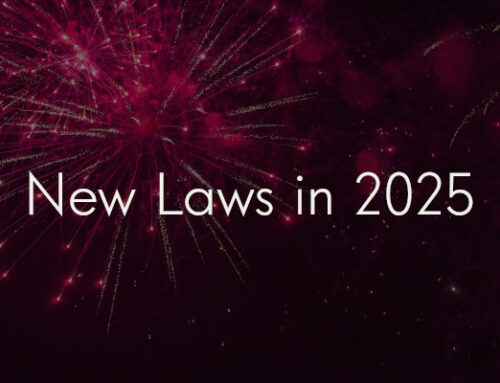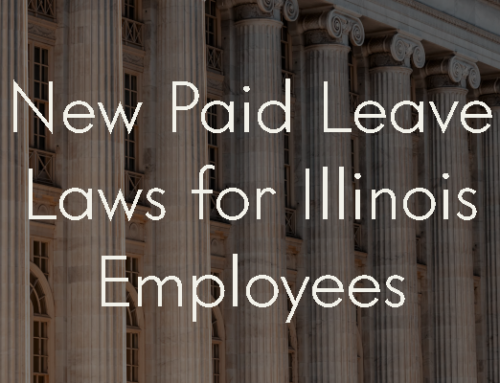This is part of a series about trademarks, “Trademarks: Knowing When to Get One and How to Protect One.” Read Part 1 of the series, “What is a trademark?”, here.
How do I know if I can trademark my mark?
Make sure the trademark is new
To get a trademark, you first want to make sure that the mark you want to protect is not currently trademarked or used by another company. You can search the US Patent and Trademark Office website to see who has a registered trademark in the US, and search the internet and any other locations to make sure other companies are not currently using the mark. If someone else is using the mark but does not have it registered, they may still have a trademark or otherwise be able to protect their mark.
The best way to ensure your idea is trademarkable is with an attorney’s assistance. G & G Law can help you search for and refine your mark to increase your chances of registration. G & G can help you find out why and how to get a trademark.
Make sure you have a distinctive trademark
The mark that you want to protect must be distinctive, either by being inherently distinctive or by acquiring a “secondary meaning” (Two Pesos v. Taco Cabana). To determine whether your mark is distinctive, you or your attorney first need to figure out what kind of mark it is. Word marks are often classified in categories of generally increasing distinctiveness: generic; descriptive; suggestive; arbitrary; fanciful; or coined. (Two Pesos v. Taco Cabana; Big O Tire Dealers, Inc. v. Goodyear Tire & Rubber Co.)
A coined or fanciful word is an artificial word that has no meaning except as a trademark. PEPSI is a coined word used by a soda company.
An arbitrary word is a common use word but when used with the goods at issue it does not suggests or describes any characteristic of those goods. APPLE for computers is an example of an arbitrary word.
A suggestive word is one that suggests a characteristic of the product without actually being descriptive of it. GREYHOUND for a bus company is suggestive of their speed and agility.
Suggestive, arbitrary, and fanciful marks are deemed inherently distinctive, and are entitled to protection without showing a secondary meaning. (Two Pesos v. Taco Cabana)
A generic word is one which is the name for the product. CABINET is the generic word for cabinet. There are no trademark rights in a generic word, or possibly even a generic image (like using a grape leaf to represent wine in Kendall-Jackson Winery, Ltd. v. E. & J. Gallo Winery). Generic marks cannot be registered as trademarks (Two Pesos v. Taco Cabana).
A descriptive word is one that draws attention to the characteristics or nature of the product. Bank of America as applied to the bank is descriptive. Descriptive marks may or may not be entitled to protection.
Descriptive marks are not inherently distinctive. However, descriptive marks may acquire a secondary meaning, which means that they have become distinctive and recognizable in the marketplace (Two Pesos v. Taco Cabana). Descriptive marks that have acquired a secondary meaning can be trademarked. To determine if a mark has a secondary meaning, courts look at: (1) consumer testimony; (2) consumer surveys; (3) exclusivity, length, and manner of use; (4) amount and manner of advertising; (5) amount of sales and number of customers; (6) established place in the market; and (7) proof of intentional copying. No one factor is conclusive, but it is a sort of balancing test. To see a federal court examine these factors in Illinois, you can look at Best Vacuum, Inc. v. Ian Design, Inc..
For more examples of coined, fanciful, arbitrary, suggestive, descriptive, and generic words, see the jury instructions in Big O Tire Dealers, Inc. v. Goodyear Tire & Rubber Co..
It is also important to note that trademarks cannot be deceptive or misleading. If you have a deceptive or misleading mark, you can be liable under the Federal Lanham Act, the Illinois Counterfeit Trademark Act or the Illinois Consumer Fraud and Deceptive Business Practices Act.
Talking to an attorney before you register your trademark can be helpful. There are different requirements and standards for trademarking and an attorney in this area of law knows what the US Patent and Trademark Office and courts are looking for when navigating the “proof of distinctiveness” body of law. Additionally, as a third party with knowledge in this area of law, attorneys can more easily identify if a trademark might be considered misleading by a court or the US Patent and Trademark Office.




